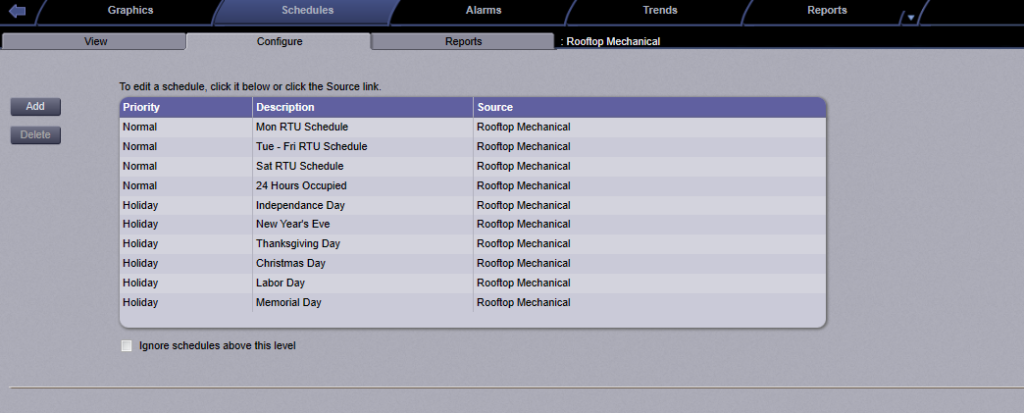As we confront the pressing challenge of reducing energy consumption and combating climate change, it is crucial to explore all avenues for conserving energy. One often overlooked strategy is the incorporation of a federal holiday schedule into our energy management plans. Federal holidays offer a unique opportunity to optimize energy consumption, decrease our carbon footprint, and reduce utility costs for commercial buildings. In this blog post, we will delve into how a well-planned federal holiday schedule can contribute to building energy savings and promote a sustainable future.
Understanding the Impact of Buildings on Energy Consumption
To gain a comprehensive understanding of the impact of a federal holiday schedule on energy consumption, it is crucial to acknowledge the significant role that buildings play in this process. Buildings are responsible for a substantial portion of energy usage. In the United States, for example, buildings account for about 40% of the nation’s total energy consumption, which makes them a prime target for energy-saving strategies.
The Role of a Federal Holiday:
A federal holiday schedule can have a profound impact on building energy savings. Here’s how:
- Reduced Occupancy: On federal holidays, many commercial spaces like offices and retail spaces are closed for business, resulting in decreased occupancy. This reduction in the number of people using these spaces directly translates to lower energy usage. Lights, HVAC systems, and other electrical equipment can be scaled back or shut down entirely, reducing consumption.
- Optimized HVAC Systems: Federal holidays provide an opportunity to fine-tune heating, ventilation, and air conditioning (HVAC) systems. Building managers can adjust these systems to maintain comfort conditions in vacant spaces, reducing the load on HVAC equipment and subsequently saving energy.
- Lower Maintenance and Cleaning Costs: With fewer occupants, janitorial, and maintenance services can also be scaled back on federal holidays. This not only saves energy but also lowers operating costs for businesses and organizations.
- Opportunities for Energy Audits: Federal holidays provide a window of opportunity for conducting energy audits and maintenance work that may be disruptive during regular business hours. These audits can identify energy inefficiencies and areas for improvement within a building’s infrastructure.

Implementing a Federal Holiday Schedule:
To make the most of a federal holiday schedule for energy savings, it’s essential to plan and coordinate effectively. Here are some practical steps:
- Develop a Building Holiday Closure Policy: Establish clear guidelines for building closures on federal holidays, outlining which systems can be shut down and which must remain operational for safety and security.
- Energy Management Systems: Invest in energy management systems that can make adjustments to HVAC, lighting, and other energy-consuming systems on holidays.
- Employee Engagement: Encourage employees to participate by turning off non-essential equipment and lights before leaving for the holiday.
- Promote Telecommuting: Encourage remote work options on federal holidays, reducing the need for office space and energy consumption.
- Monitor and Adjust: Regularly analyze energy consumption data and make adjustments based on the results of previous holiday closures.
A federal holiday schedule can be a valuable tool for building energy savings. Along with reducing energy consumption, it supports sustainability and cost-saving initiatives. By carefully planning and implementing energy-efficient strategies on federal holidays, businesses, organizations, and individuals can take significant steps toward a more sustainable and environmentally responsible future. Building energy savings with a federal holiday schedule is a small change with a big impact on our collective journey towards a greener, more energy-efficient world.









